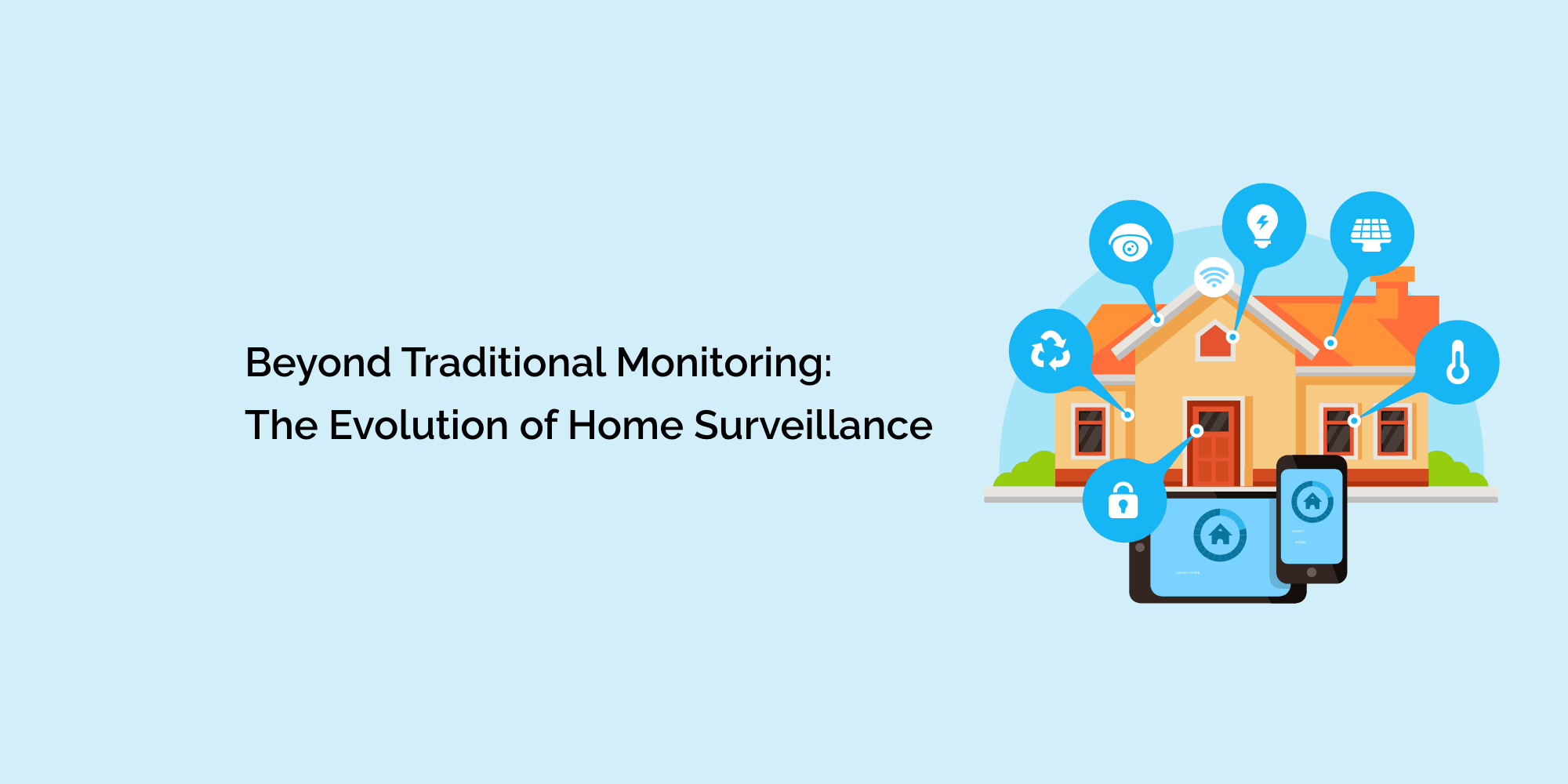The Rapid Rise of Smart Home Security
Home security cameras have come a long way from clunky recorders and grainy analog footage. The past decade has seen an explosion of HD and wireless smart camera options offering advanced real-time monitoring and analysis powered by AI. These systems provide 24/7 vigilant oversight using innovative features our parents could only imagine.
Seeing and Knowing All
Modern standalone and doorbell cameras like Nest, Ring and Arlo combine high resolution video with smart object, motion and facial recognition. Homeowners can get instant alerts about packages, visitors or suspicious activity delivered right to their phones. Systems can even identify familiar faces like regular dog walkers or mail carriers.
Integrated smoke, flood and temperature sensors add around-the-clock environmental hazard monitoring. Voice assistance integration allows owners to pull up live feeds, lock doors and deactivate systems via voice commands. The cameras have become the eyes and ears of the connected home.
Beyond Just Watching
Some platforms like Deep Sentinel offer live human monitoring. Their agents can warn off intruders through two-way audio before dispatching police if needed. Camera makers are exploring partnerships with private security firms to provide this premium sentry service.
Inside the home, companion robots like the Amazon Astro can autonomously patrol floors, providing a mobile layer of surveillance. Artificial intelligence continues to expand the analytical capabilities of home oversight.
Weighing Security and Privacy
These systems provide whole-home monitoring with an attentiveness impossible for owners alone. But their expanded sightlines also introduce new privacy risks. Consumers must weigh protections against potential downsides like data leaks, hacking, marketing exposure and government overreach through partnerships with law enforcement.
Companies must be transparent about monitoring practices, offer strong cybersecurity, limit third-party data sharing, allow user-controlled retention policies and keep facial recognition ethical. Wise homeowners will do their research and calibrate cameras to optimize security while maintaining a rightful sense of sanctity within the home.
The All-Seeing Smart Home Security Camera
Home security cameras have undergone a stunning evolution in the last decade. What began as clunky, low-resolution recorders have given way to inexpensive HD cameras packed with advanced AI capabilities. These devices can now provide 24/7 visual monitoring and intelligent analysis of our homes and properties.
Recognizing Faces and Actions
AI-powered image recognition enables cameras to identify people, objects, animals and vehicles. Homeowners can create a database of familiar faces like family, friends and regular delivery people that the system will recognize. Unidentified parties trespassing or lingering near entryways will trigger alerts.
Smart motion detection goes beyond just sensing movement. Algorithms can differentiate between general motion like trees blowing and specific actions like a person entering through a gate or crossing into a protected zone. This cuts down on false alerts.
Around the Clock Environmental Monitoring
Home security cameras now provide comprehensive environmental monitoring. Air quality sensors can detect leaks of dangerous carbon monoxide. Smoke and fire sensors alert residents to flames and trigger automatic calls to emergency services if not disabled in time. Flood sensors warn of any water accumulation or pipe bursts.
Two-way audio allows users to communicate through the camera. This can help deter intruders or provide occupants with safety instructions during an emergency incident.
Access and Storage
Footage from standalone cameras is securely uploaded via encrypted streams to the cloud for access anytime, anywhere. For additional protection, videos can be stored locally on secure digital cards as backup.
Systems connected through a smart home hub allow recording directly to a local hard drive for full owner control. Either method ensures key events are documented even if cameras are damaged or disabled.
Advanced Integrations
Home security cameras can integrate with other smart systems for greater oversight. Indoor cameras paired with smart lighting provides visual monitoring and intelligent motion-triggered illumination. Doorbell cameras that sync with smart locks allow homeowners to remotely view and grant access to visitors.
Cameras linked to a smart speaker with a voice assistant enable hands-free voice commands. You can ask to view live feeds, lock down the home, or sound the alarm.
Weighing Privacy Against Protection
The breadth of surveillance capabilities offered by home security cameras provide comprehensive monitoring against threats or unlawful entry. But these powerful eyes also introduce potential privacy risks if improperly managed.
Sensitive features like facial recognition must be handled carefully to avoid misuse. Retention policies should purge unneeded footage after reasonable periods to prevent data hoarding. Providers should use secure encryption to prevent data leaks or hacking of video files and camera streams.
Homeowners must fully research security providers, read all policies, and opt-out of unnecessary tracking features. Cameras should watch over the home but not undermine personal privacy or dignity.
Conclusion
Home security cameras have evolved into multi-functional AI-powered guardians, now monitoring nearly every aspect of the smart home. But their expanded vision comes with an obligation to see wisely. These ever-vigilant sentries must be configured thoughtfully by homeowners to enhance protection while avoiding surveillance overreach. With care, the all-seeing smart home camera can provide peace of mind by keeping watch without undermining the sanctity of home.








